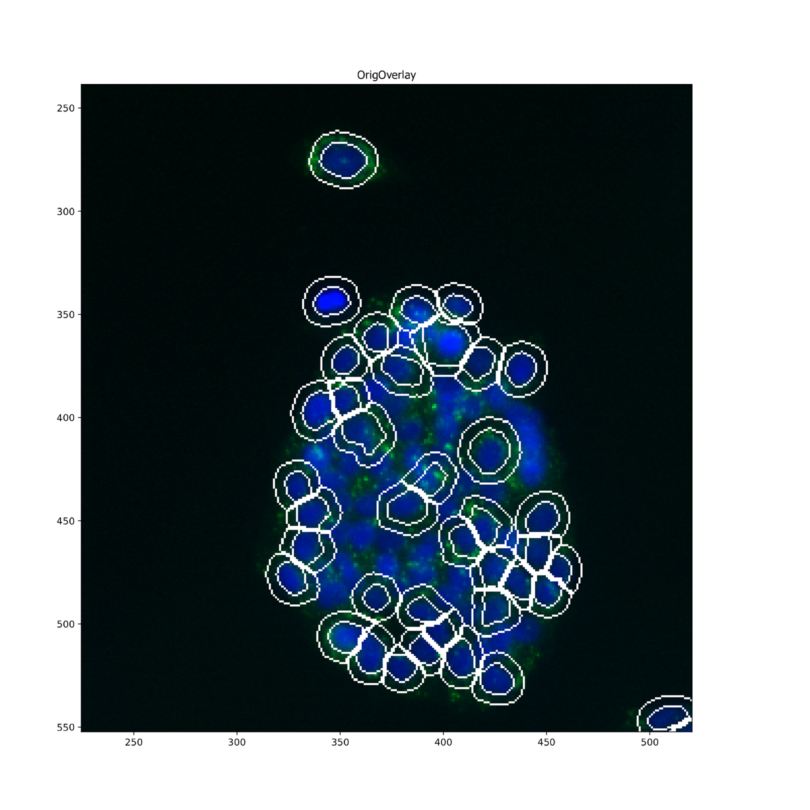Illustration (click to hide):

Project Description
Obesity is rising worldwide due to an increase in total energy consumption and changes in life stiles. This pandemic growth has resulted in an increased incidence of obesity-associated nonalcoholic fatty liver disease (NAFLD) that is now recognized as the most common liver disease worldwide.
The NAFLD disease spectrum extends from simple hepatic steatosis to inflammation and ballooning that can leads to cirrhosis and hepatocellular carcinoma.
NAFLD is a complex disease in which genetic and environmental factors contribute to its development. The genetic component is importantly strong. It has been estimated an heritability of 52% in the general population which it is in accordance with the 35–61% heritability reported in twin studies. The identified NAFLD risk genetic factors will provide new insights in the disease and will improved patient stratification and management.
In this project we are using CRISPR-Cas9 for genetic modification of genes and regulatory elements that are associated with triglyceride metabolism in the hepatocyte derived cell line HepG2. The mutated cell lines are examined for anomalous accumulation of lipids using fluorescence microscopy. Except of lipids in the modified hepatocytes indicates that the mutation could had a direct role in the development of the disease. Contrary, mutations that decrease the cellular accumulation
Tags: Microscopy, cell biology
Project Information
-
BIIF Principal Investigators
- Anna Klemm
External Authors
Casimiro Castillejo-Lõpez, Claes Wadelius, Uppsala University -
Date
2018-12-05 🠚 2019-03-01